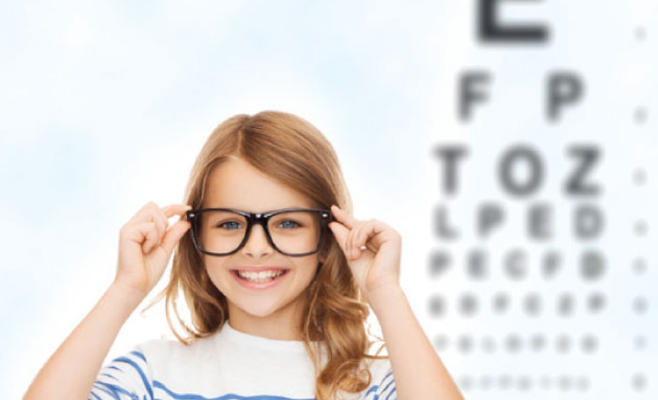How do you help your child keep his eyes safe?

How do you help your child keep his eyes safe?
How do you help your child keep his eyes safe?
Many children have difficulty seeing distant objects, but there are early signs that can be noticed to reduce the deterioration and to know if the child is at risk.
As part of the series of “Science in Five” episodes, presented by Vismita Gupta Smith, which is broadcast by the World Health Organization on its official platforms, Dr. Stuart Keil, a vision correction expert at the World Health Organization, identifies the early signs that some parents, teachers, and adults may miss.
There are some early signs of vision loss or poor vision in children, which can appear as eye rubbing, squinting and closing one eye to see more clearly, Dr. Keel said. Signs could also be that the child holds his reading materials or devices too close to his eyes, or moves closer to the television to see more clearly. Another sign may also be poor overall performance in school, so it is recommended, if any of these signs are present, to conduct a comprehensive eye examination of the child to definitively confirm the nature of the matter.
risk factors
Dr. Keel pointed out that about 20% of the population of the planet Earth, or approximately 2 billion people in the world, suffer from myopia, explaining that there are a number of risk factors, including genetics, so if the father, mother, or both suffer from myopia. The child is more likely to be nearsighted, but another set of risk factors is more interesting and important that parents and teachers should be aware of, especially since they are lifestyle factors.
Negative lifestyles
Dr. Keel explained that research results strongly show that intense activities such as looking at devices for long periods of time, or looking at reading material for long periods, along with reduced time spent outdoors are risk factors for the development and progression of myopia.
Digital devices
In answer to a question about children’s early use of digital devices these days, Dr. Keel said that it is indeed one of the contributors to visual impairment, but there are a number of things that parents can do, most notably taking their child for a comprehensive eye examination, even if it is... The child already wears glasses. The nature of childhood myopia and hyperopia is that the prescription changes over time, so glasses need to be updated every two years.
90 minutes outdoors
Dr. Keel noted that research findings highlight that spending 90 minutes outdoors during daylight hours is a protective factor for children developing myopia, so encouraging children to get outside and play is a key message. He stressed that the second parallel step is to reduce the time the child spends on close activities, such as using digital devices, although this may represent a challenge in the current era.
Wrong idea
Dr. Keel added that if the child already wears glasses, parents should encourage the child to wear them as much as possible, noting that there is a misconception that wearing glasses may make the child’s vision worse, although what is true is that wearing glasses ensures that the child does not It strains the eyes to see clearly.
Playing in broad daylight
Dr. Keel reiterated his advice that ensuring that children play outdoors in broad daylight protects them from developing myopia, explaining that one reason is that more natural light entering the eye ensures that the child's eyes grow at a normal rate.






